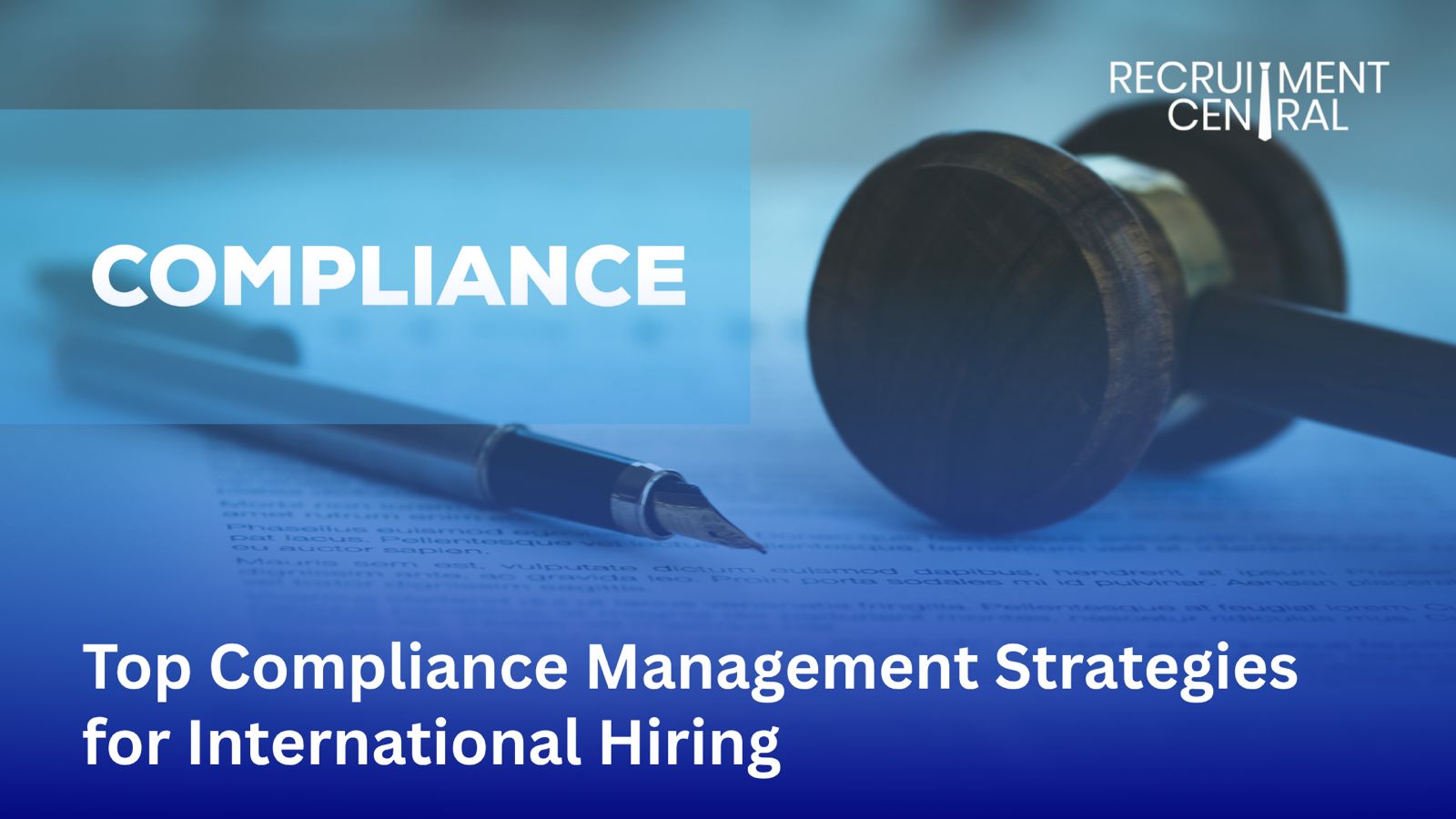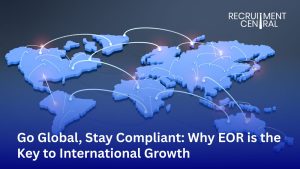Introduction
Expanding into a new market is amazing. You get new opportunities, new talents, and of course new customers. But hiring across borders is not as amazing as expanding there.
When you plan to expand into a new country, you should be aware that every country has its own set of rules, nd you have to follow all of them in the right way.
You have to follow labour laws, payroll system, taxes, and employee protection laws. If you miss even one detail, you could be fined, and it may even cause you legal trouble.
If you’re hiring in Asia without setting up a local entity, getting compliance right is going to keep your growth smooth and sustainable.
That’s exactly what I want to walk you through here: strategies that work to keep you compliant while you scale fast.
The Compliance Challenge in International Hiring
Every country has its own rules and laws when it comes to employment. For example, in Singapore, you have to deal with CPF contributions and clear leave entitlements.
But in India? It is totally different. Here, you have to deal with state-specific labor codes and complicated social security rules.
And here’s where things can go wrong really quickly:
- If you misclassify a contractor as an employee, you could be fined heavily.
- Missing a payroll tax filing is another thing that will lead you to a legal penalty.
- If you handle your employee data carelessly, you can face privacy law breaches.
That’s why international hiring is about making sure you stay on the right side of every country’s law.
Also Read: Can a foreign company hire an employee in India?
| Risk Area | Example in Asia-Pacific | Penalty Risk |
| Worker status | Contractor vs employee in India | Back pay, fines |
| Payroll & benefits | CPF in Singapore, EPF in Malaysia | Late fees, government fines |
| Data privacy | GDPR (EU hires), PDPA (Singapore), IT Act (India) | Legal action, loss of trust |
Strategy 1: Build a Global Compliance Framework
The first step for you would be building a global compliance framework. You have to set clear HR policies that work everywhere. Then you have to set them for each country you are hiring in.
- Standardize and localize: Start with global templates, but don’t just use them as it is. You have to adapt them to local laws. For example, overtime rules are different in Singapore compared to Malaysia.
- Centralize records: having all of your records in one place is really important. That is why I suggest keeping your contracts, tax filings, benefits documents, and everything related in one HR system.
- Audit regularly: Also, make sure you audit regularly. You should schedule an annual compliance check so that you can catch a risk before it shows up.
Strategy 2: Leverage Employers of Record (EOR)
When you don’t have a local entity, the Employer of Record (EOR) comes in to help. They act as your on-the-ground partner who officially becomes the legal employer for your overseas team.
- Handles everything: An EOR handles everything, including payroll, taxes, benefits, and contracts for you. And they do all of this according to local law.
- Speeds things up: With the help of an EOR, you can hire in just a few weeks, instead of waiting months to set up an entity.
- It takes the load off HR: Your team doesn’t have to worry about compliance getting wrong, because the EOR takes care of it.
| Approach | Time to Hire | Compliance Risk |
| Setting up an entity | 3–6 months | High |
| Using EOR | 2–4 weeks | Low |
Strategy 3: Automate with Technology
Technology can make your compliance easy. Now we have modern HR payroll platforms that take care of compliance well, and they update automatically for each country you’re hiring in.
- Automatic calculations: your payroll taxes and benefits get handled automatically. Now, you don’t need to calculate the numbers yourself.
- Real-time alerts: you get notified when laws change, like new salary ceilings or contribution rates. This way, you stay updated.
- Seamless integration: HR, payroll, and contracts all connect in one system, cutting down on duplicate data and errors.
Also Read: Guide to Choosing the Right Talent Management System
Beyond error reduction, automation keeps your team focused on strategy instead of manual admin.
Strategy 4: Invest in Training and Culture
If your team does not understand compliance and how to handle it, even the Best systems won’t be able to help you. That is why training your team is so important.
- Educate your managers and HR: Make sure they know the difference between a contractor and an employee. Also, ensure that they understand local leave policies and termination laws.
- Share cheat sheets: Give your teams simple, country-specific guides so they understand well what is legal and what is not.
- Build culture from the top: Leaders should set the tone, and compliance has to be seen as part of business growth, not just an afterthought.
Here’s why it matters: plenty of companies in India or Vietnam have been fined simply for misclassifying contractors. Regular training on these basics helps your team avoid those kinds of mistakes that can cost you a lot of money.
Conclusion
In the end, I will just say that international hiring is not that hard to understand. I mean, compliance is complicated, but once you understand it well and have the right strategies in place, it is manageable.
You just need to build a clear framework and adapt it for each market. Then you need to take the help of an EOR when you don’t want to set up a local entity.
It will automate your payroll and compliance tasks and will also make sure your team understands the basics. This way, you’ll take your team way ahead of others.
When you are able to handle compliance well, it stops being complex; instead, it becomes a way to protect your business and also helps you gain your employees’ trust.






